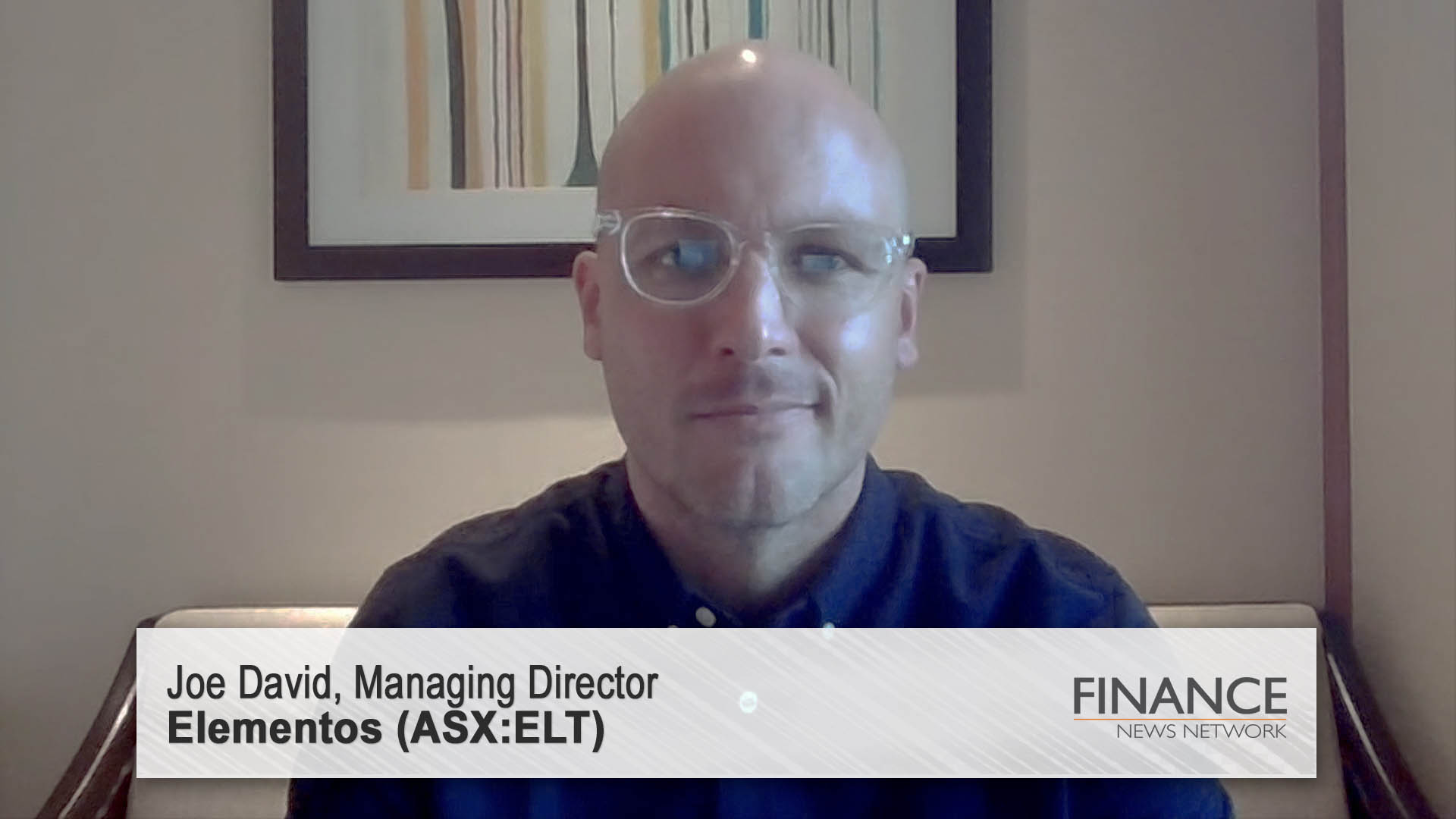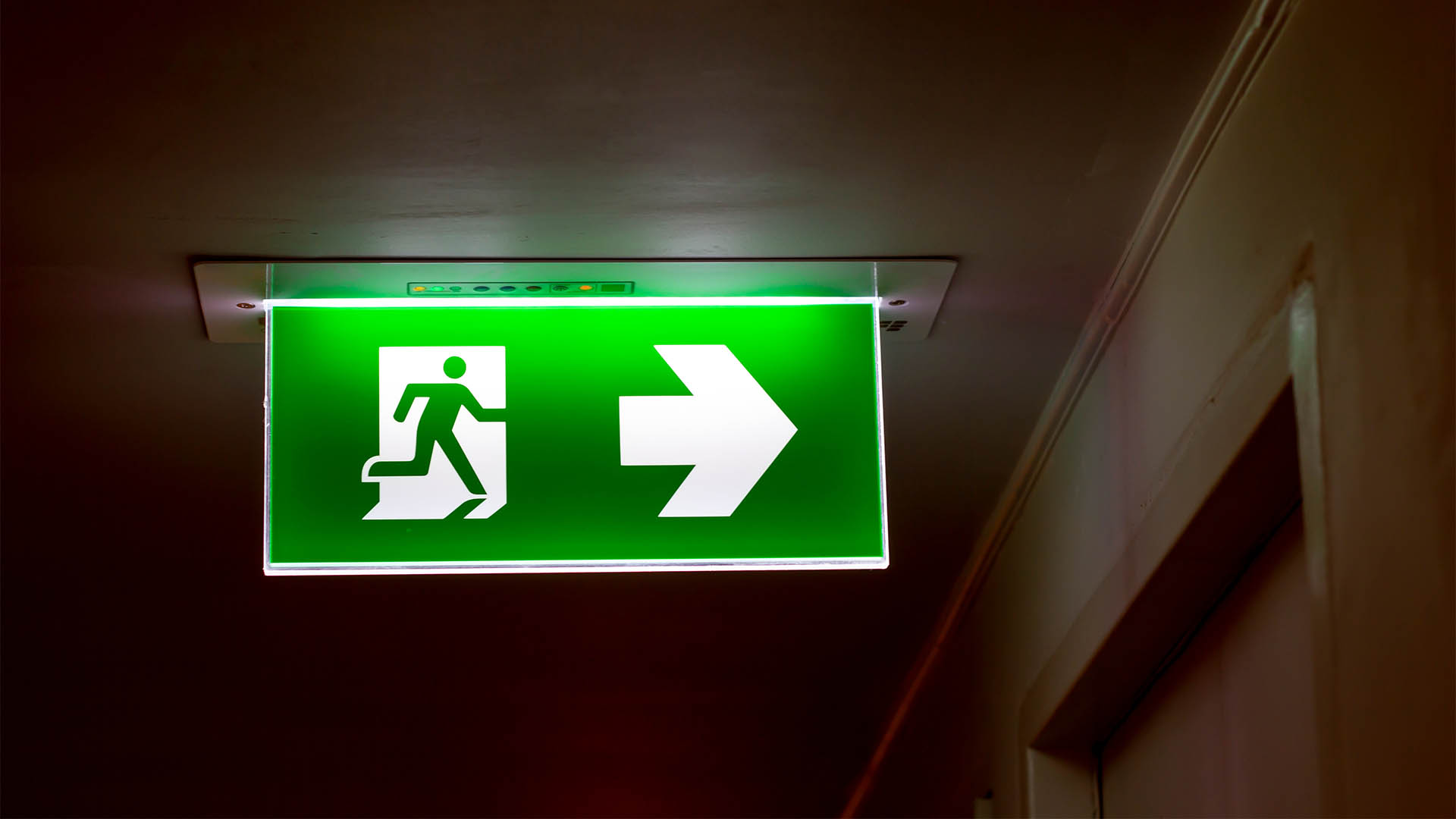So was the fall in employment in April a blip after the strong growth in March?
A good question, but should we listen to the analysts and economists who confidently saw another rise in new jobs in the month, thereby completely missing the sharp and surprising fall.
The dollar fell 1 US cent on the news yesterday, then recovered when nervy traders realised that it wasn’t the end of the world as they knew it at 11.30 am.
But it left the Rate Rise Looms mob with nowhere to go for a while.
But they quickly settled on the fallback position, Rate Rise Looms, but not quite yet?
That’s despite few of them picking the fall, or bothering to look into the figures to try and explain the surprise.
In fact so sharp was the fall – down 22,100 overall in the Australian Bureau of Statistics data that you’d be entitled to ask if all those analysts who forecast an increase of 17,000 to 25,000 were worth their money.
While the seasonally adjusted Australian unemployment rate was steady at 4.9% in April (5.4% in April, 2010, there was a surprise 49,100 fall in full time jobs.

And with the March figure of 37,800 new jobs being raised to a huge 43,300 in yesterday’s report, the fall in April was even larger than first seems.
Most of the fall was in NSW, followed by Victoria, with 20,000 jobs added in Queensland as the rebuilding starts.
To the best of my knowledge, the ANZ was one of the few who saw the possibility of a fall when it forecast the loss of 5,000 jobs with its monthly job ads report on Monday.
There were a couple of high profile economists who were very confident yesterday morning of more than 15,000 new jobs being created and how that would force the Reserve Bank to lift rates next month.
Now they are latching onto the trend that unemployment is falling, which it has been.
It probably will still fall in future months, but it won’t grow in the domestic economy (retailing, home building, manufacturing and services), but in the mining and resources sector and probably in rural Australia with big harvests and crops anticipated later this year, or already being seen in cotton and rice.
That was offset by a rise of 26,900 part time jobs.
That can be sometimes be an early indicator of the jobs market stalling as more and more employers put full time staff under hourly contracts onto part time work.
Equally it is also a good indicator of a gathering rebound in the labour market as employers can sense a surge in demand coming and start hiring part time workers in anticipation of more work.
So in reality we are none the wiser. But another month or two of job losses, even if they are small, will force the RBA to think hard about a rate rise, even if inflation is seen to be rising.
Putting the domestic economy to sleep to allow the investment boom is one thing, and the reality of current monetary policy, being responsible for euthanasing it is another thing.
Still this is likely to be a blip with the RBA and the federal budget confidently seeing unemployment falling in the next two years and the unemployment rate falling to 4.75% next financial year and 4.5% a year later.
Coming after the equally surprising rise in March, the April data could represent some catch up and smoothing going on among employers.
The ABS said the number of people unemployed decreased by 9,800 to 583,000 in April.
The ABS monthly aggregate hours worked series showed a decrease in April, down 14.7 million hours to 1601.6 million hours.
That is another sign of demand falling for labour in the month.
The ABS reported labour force participation in April of 65.6%, down 0.2% from March.
The ABS said that by state, jobs fell by 44,000 in New South Wales, while the unemployment rate was steady at 5.1%.
Jobs fell 12,000 in Victoria (with the unemployment rate up to 4.7% from 4.5%); and they rose almost 20,000 in Queensland, with the unemployment rate down to 5.2% from 5.5%.
In South Australia, jobs rose 1,000 and the unemployment rate was steady at 5.4%, while in Western Australia jobs rose 5,000 and the unemployment rate fell to 4.1% from 4.2%t.













